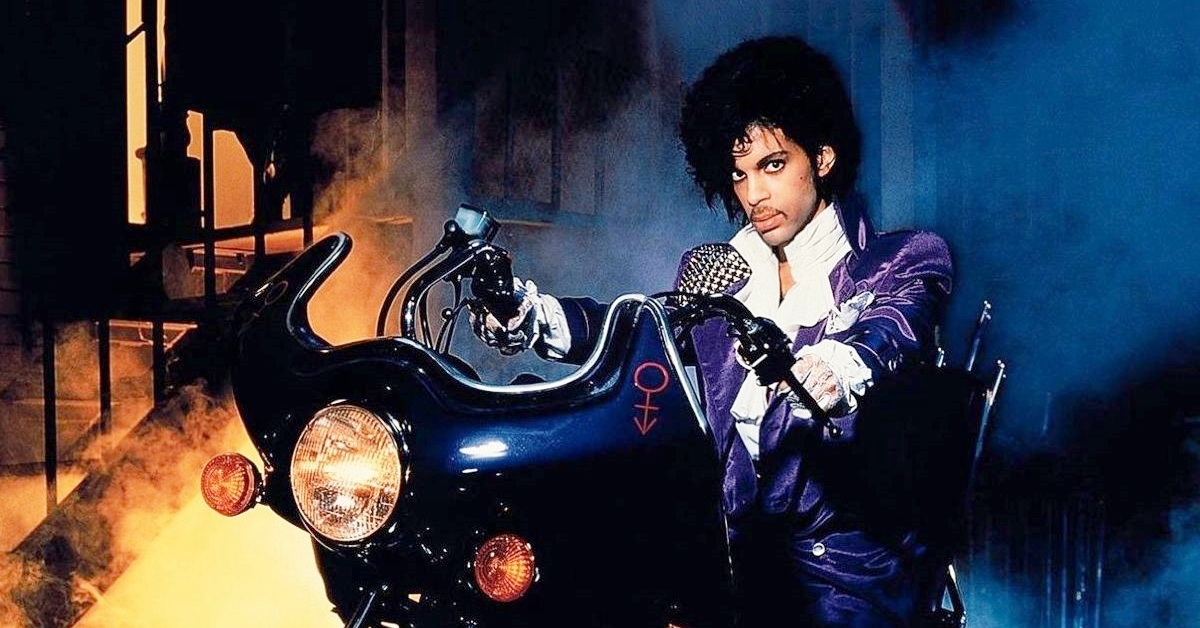April 21st 2016 was a sad day in the music world: Prince died, aged just 57. Thankfully, he left behind an impressive body of critically acclaimed work, and that wasn’t limited to his songs. Like us, you probably loved the brilliant and bizarre soundtrack to Tim Burton’s Batman (1989), but it’s Purple Rain (both motion picture and song) that has gone down in history as being among the greatest ever, especially since the eccentric musician himself stars in the lead role.
Below are 20 fascinating facts about Prince’s Purple Rain: a low-budget musical that became a cultural touchstone for almost every 80s kid and remains a must-watch even in 2021. Let’s go crazy!
20. The film’s director became Prince’s manager

Believe it or not, there weren’t many takers when the film – then without title or signature song – was initially proposed. When Prince’s team approached directors and filmmakers, the now-legendary musician had only been a phenomenon for two years – a two-year phenomenon might just be a fad, and not something you’d want to waste millions of dollars on. It was only by chance that the eventual director, Albert Magnoli became involved. Having just graduated from the University of Southern California (USC), Magnoli was ready to leave his mark on Hollywood.
“I was working with James Foley, one of my colleagues at USC film school [and who’d go on to direct another classic, Glengarry Glen Ross], and he passed on the project; he said the script didn’t work,” Magnoli revealed in a 2016 Rolling Stone interview conducted in the aftermath of the musician’s untimely death. “I told him [Bob Cavallo, then-manager] I’d like to read the script – this was June 1983. I called him and said, ‘I think I can help you understand what went wrong here.'” On hearing Magnoli’s ideas for reworking the script, Cavallo hired him to direct. Magnoli became a steadfast collaborator of the famously mercurial artist, who in the late 80s appointed Magnoli his manager.
19. It almost starred Jennifer Beals

What’s more 80s than Flashdance? That Irene Cara song, that interesting method for cooling yourself down after getting all agitated on a nightclub stage. While it was panned by critics, the 1983 cult classic forged a blueprint for other box office triumphs such as Dirty Dancing (1987) and, of course, Purple Rain. Filmed on a shoestring budget, it’s no surprise that Flashdance inspired the Purple Rain filmmakers with its music-focused scenes and its sentimentality. So much so that the pair were keen to have its star, Jennifer Beals, join the production.
Beals, however, had other ideas. She was a student at Yale, studying American Literature, and had deferred a term in order to star in Flashdance. With her newfound stardom, she faced immense pressure to abandon her studies and commit to acting. “I needed to go back to school,” Beals said when interviewed by The Day in 1987. “I needed to have that experience for myself as a person … Yes, I had offers, but you should consider the fact that ever since I was a child I was preparing to go to school.”
18. The original script was far more violent

When Magnoli reworked the script, he initially wrote it with a much darker plot than even the R-rated flick that landed in theatres. (And if you need reminding, the theatrical cut contains a domestic abuse scene, profanity and many a nude scene.) In the initial draft, The Kid takes his lover to a barn and they – quite graphically – make love to the sound of When Doves Cry as the weather gets stormy outside. In fact, this scene is credited as the inspiration for 1985 hit Raspberry Beret, which features the lyrics “The rain sounds so cool when it hits the barn roof / And the horses wonder who you are / Thunder drowns out what the lightning sees / You feel like a movie star.”
Things were also going to be more violent, with the Kid’s father ultimately dying of a self-inflicted gunshot wound to the head. It was only at the last minute that Magnoli changed his mind about that fate. It’s not clear why these changes to scenes were introduced, since there was never an ambition to shoot anything but an R-rated picture. Much of the production was spontaneous, and shooting only lasted for 42 days during the onset of a Minnesotan snowstorm, meaning there are probably several scenes that were altered on the fly.
17. The studio almost cast John Travolta in the lead role

Sometimes it’s hard to imagine anyone but Prince playing the Kid. But then you hear that Warner Bros wanted John Travolta for the part, and you wish imagining it was harder. According to Albert Magnoli, “The first meeting at Warner Brothers was with the head of the studio and production and some executives, and the first thing they said was, ‘Is it possible to ask if John Travolta can play Prince?’ I looked at [the music team] and thought, “This is what I’m talking about. Welcome to this world.”
Travolta had of course broken through in the late 70s with Saturday Night Fever and Grease and, at the time of Purple Rain’s pitch, had just wrapped on the critically loved (but commercially unsuccessful) Blow Out. Thankfully, Magnoli was quick to rebuff their suggestion: “I said to the Warner guys, ‘Guys, this is not going to happen. This is unacceptable. What we have going for us is authenticity.’ They were shocked.
16. Most of the characters are named after the actors playing them

Purple Rain was a groundbreaking piece of cinema in many ways; it helped to define how a rock star can cross over into the movies as well as remaining its own, strange beast to this day. But one inexplicable choice you might have picked up on is that almost every character is named for the actor playing them. There are only three important exceptions to this: Prince’s on-screen father and mother and the man himself, who plays a character called the Kid.
Since the musician is famous for his many monikers, to the extent of being capricious about any kind of label, it’s no surprise that he uses a pseudonym. In the case of the Kid’s parents, false names were chosen presumably in order to dispel theories that the Kid’s parents in any way resemble their real-life counterparts. While his father and mother divorced when he was 10, there have been no allegations of impropriety or abuse. In fact, Prince’s father bought him his first guitar. Given the film’s truncated schedule, it’s possible the actors retained their names simply for ease.
15. Warner Bros tried to back out on their distribution deal

From the very beginning, the filmmakers had a contentious relationship with Warner Bros, the studio that financed and was set to distribute the movie. This difficult arrangement was further undermined when Warner Bros threatened to renege on their distribution deal, labelling the finished flick “outrageous.” Before then, there had always been warning signs that the studio was nervous about the first-of-its-kind rock epic. “Cavallo realized there might be studio interest in the material,” Magnoli told Rolling Stone, “so they wanted me to come and speak to various studios. I didn’t really want to do that. I felt that once a studio is involved, then you have the studio interference thing.” Acquiescing to Bob Cavallo’s wishes, Magnoli made the case to Warner Bros: “What we have going for us is authenticity.” But the studio was concerned by the violent scenes outlined in the initial screenplay.
“The development people came to me,” Magnoli continues, “and said, ‘The script is sexist and misogynistic and violent and erotic, and it puts down women.’ They’re looking at a PG-13 concept. I’m saying, ‘No, it’s an R. It’s a brutal story with a lot of darkness in it.'” Ultimately, Magnoli was able to make the picture he wanted. But by the day test screenings came around, the studio was becoming restless once more.
14. Author Howard Bloom claims he saved the movie from being dropped
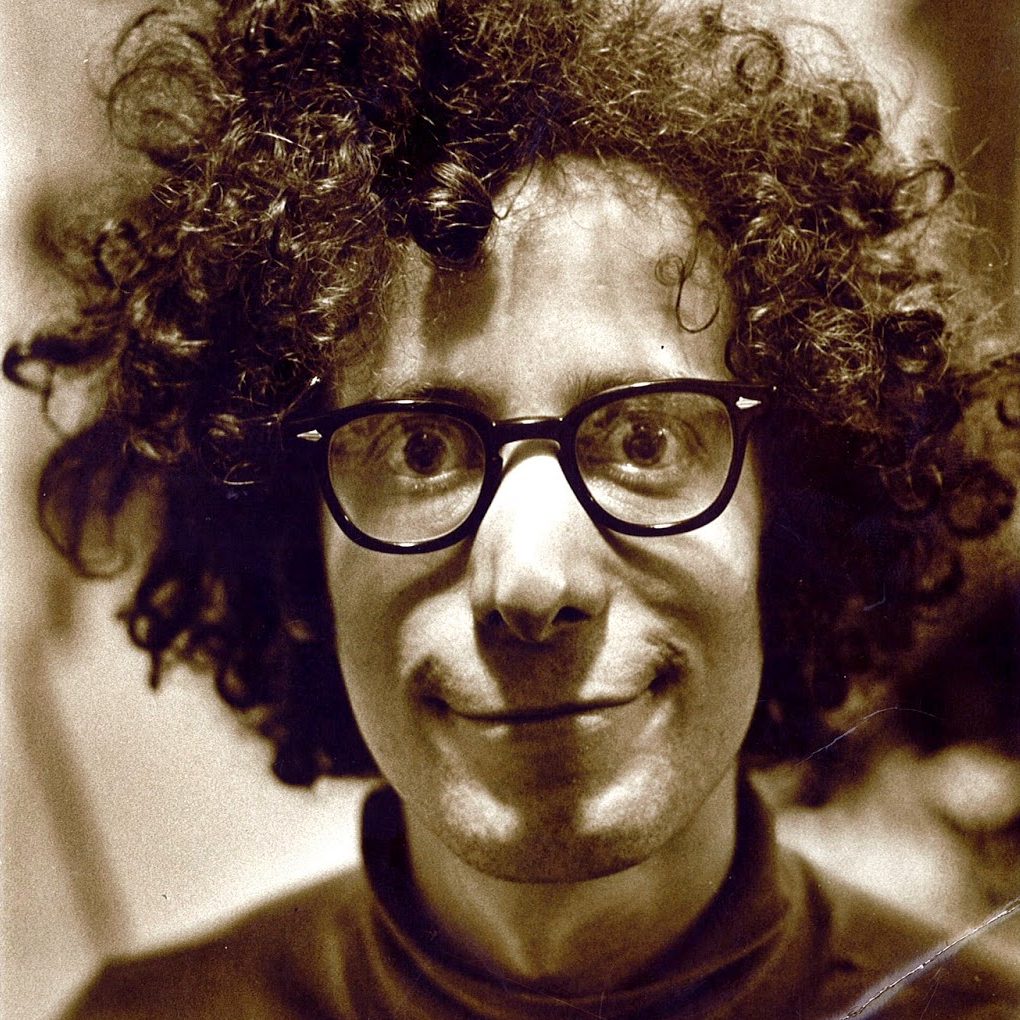
Today, if you improbably know of Howard Bloom, it’s as a writer of polemics on evolutionary psychology and the domination of the world by capitalism. But back in the 80s, Bloom was working as a music publicist for rising stars, and has been credited with saving Purple Rain itself. “Prince made a film his way,” Bloom said in a 2009 interview with Brooklyn Paper, “which was outrageous at the time because people didn’t just cross from music to film in the 1980s.” Having heard Prince’s debut record, 1979, Bloom was enamoured and landed him as a client. But he couldn’t have known the ride he was in for.
There was unrest at Warner Bros. At Bob Cavallo’s request, Bloom flew out to Los Angeles to attend the first screening. After the credits rolled, Bloom says, he “didn’t want the lights to go up … the film tore through my emotional system.” But studio execs weren’t convinced and so, as Bloom tells it, he put his publicist experience to work. As well as calling it an “artistic landmark” and “genius,” Bloom claimed that the idea of dropping the movie was “a sin against art.” Hearing his words, Warner Bros agreed to honour their contract. “Kids still say to me, ‘Thank god you saved “Purple Rain,”‘” Bloom gushes.
13. Apollonia Kotero had to keep her marriage a secret as a promotional gimmick
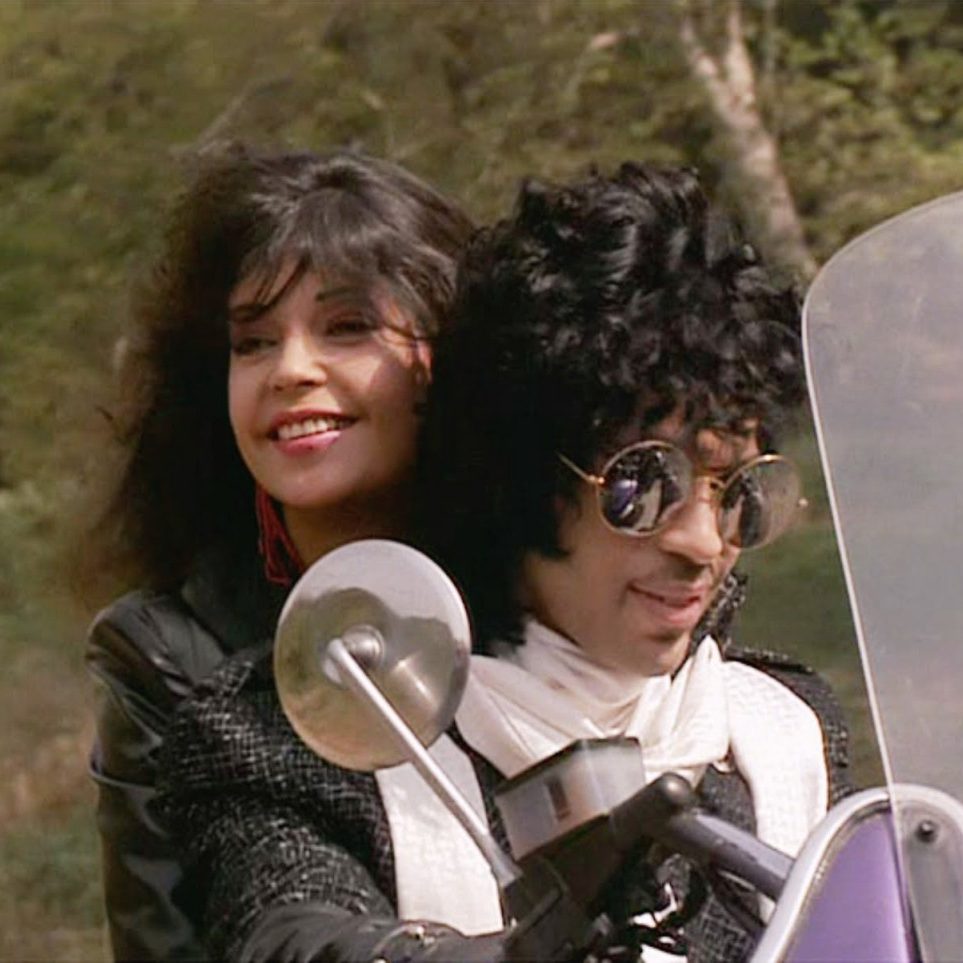
Besides the Kid, Apollonia is probably the most important character in the story – although this might just be because she’s the love interest of the Kid. But in order to maintain the illusion of the Kid and Apollonia being a couple, Kotero was forced to keep her marriage a secret. Kotero had originally been cast after being spotted in Tales of the Gold Monkey, an adventure serial that aired between 1982 and 1983, and sought to capitalise on the success of the 30s-inspired Raiders of the Lost Ark (1981).
Thus hand-picked as the Kid’s protégé, Kotero plays the lead artist of Apollonia 6, the girl band that initially replaces The Revolution. Despite their differences, the Kid and Apollonia fall in love – and, need we remind you, they shared a steamy love-making scene in an early draft of the script! As a result, His Purpleness insisted that Kotero keep her marriage a secret to reinforce his reputation as a lothario. Kotero went on to star in the TV soap opera Falcon Crest, in which she played Apollonia. Well, if the name ain’t broke!
12. Against all odds, it was a huge commercial success

The studio needn’t have worried about the movie’s box office performance: it was an enormous commercial success. Pulling in $68 million in the US and $70 million worldwide, the movie became the 10th highest-grossing picture of 1984. That’s hardly small change! Additionally, as it was made on a tight $7 million budget, you can imagine that the returns were positively staggering.
This says nothing of the cultural impact; in sharp contrast to other offerings from musicians, this elevated jukebox musical has remained a talking point to this today. The movie has since become a staple of sing-a-long events – such as in Prospect Park, Brooklyn – that keep the musician’s legacy and songs alive.
11. Kotero developed such bad hypothermia onset that producers worried she might die
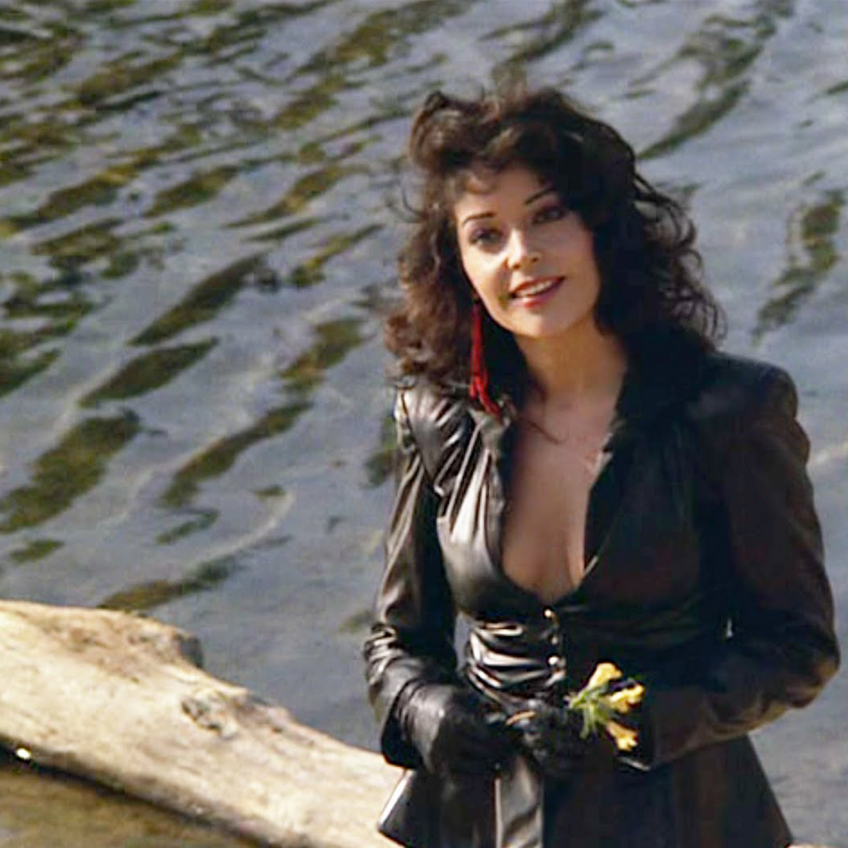
Hollywood isn’t all glamour – especially when you’re filming not in LA, but on a tight budget in lake-filled Minnesota. The North Star state was too much for at least one of the movie’s stars, with Apollonia Kotero developing hypothermia on-set. In one memorable scene, Apollonia jumps into the waters of Lake Minnetonka; since production was taking place in the middle of a snowstorm, her submersion had an immediate effect.
“When Apollonia jumps into the [Minnetonka] water, it was so cold,” director Albert Magnoli said to Rolling Stone, “We couldn’t get her to come back out of the water. It was too freezing.” After four takes, Kotero showed signs of getting hypothermia, and producers feared she might freeze to death. To help, her shooting schedule for lake scenes was moved. “She would jump in the water in Minneapolis,” Magnoli continues, “and we filmed her … in Los Angeles coming out [of the lake]” as one of the last parts of the production.
10. The soundtrack is one of the best selling of all time

Much as the movie musical was the first of its kind, so too was its soundtrack. With hit songs such as the titular Purple Rain, the soundtrack has become one of the best selling of all time. Kurt Loder, then editor of Rolling Stone, described it as “authentic and compelling as his soul and his extremism is endearing in a [sic] era of play-it-safe record production and formulaic hit mongering.” Entering the US charts at number 11, within four weeks it had climbed to the top spot. Then it spent a staggering 24 weeks at number one, and more than 32 weeks within the top 10. It was present in the top 200 for 122 weeks – that’s almost two and a half years!
As a classic 80s album, the record has seen sustained sales figures, with more than 13 million copies sold in the US as of 1996 and 25 million copies sold worldwide. Given its success, Prince was hand-picked to write the soundtrack released alongside Tim Burton’s Batman (1989), which similarly went multiplatinum and spawned hit singles Batdance and Partyman.
9. Its cinematic follow-up bombed
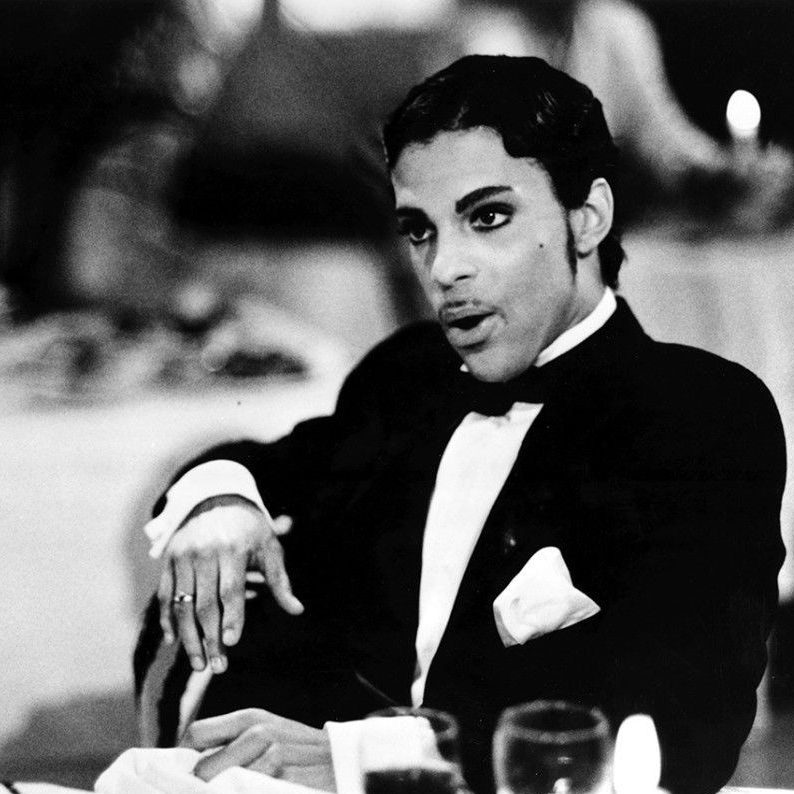
By the turn of 1985, Prince was on top of the world. In only the past five years, he’d burst on to the scene with 1979, scored a multiplatinum LP and a box office hit (and even won an Academy Award for his score). When making his next project, the artist contemporarily known as Prince plumped for the movies again. He just had to get rid of that pesky Magnoli… We kid, of course; Magnoli and the artist-formerly-known-as clearly remained on good terms throughout the 80s, but it’s clear that the elusive musician wanted Magnoli at arm’s length. Why? So he could make his directorial debut with 1986’s Under the Cherry Moon.
The movie, armed with a screenplay by future Prince of Tides writer Becky Johnston, sees Prince play a gigolo whose life is complicated when he falls in love with a rich heiress. Originally, the film was set to be directed by Mary Lambert, who had overseen iconic Madonna videos such as Like A Prayer. Unfortunately, Lambert stepped down after creative disagreements with her lead actor, who took over the mantle of director himself. The film was a critical and commercial failure, reaping only $10 million at the box office. While 1987’s Sign o’ the Times, a concert film, credits Prince as its director, it was in large part ghost-directed by Albert Magnoli.
8. The film made Prince number one on three different charts at the same time
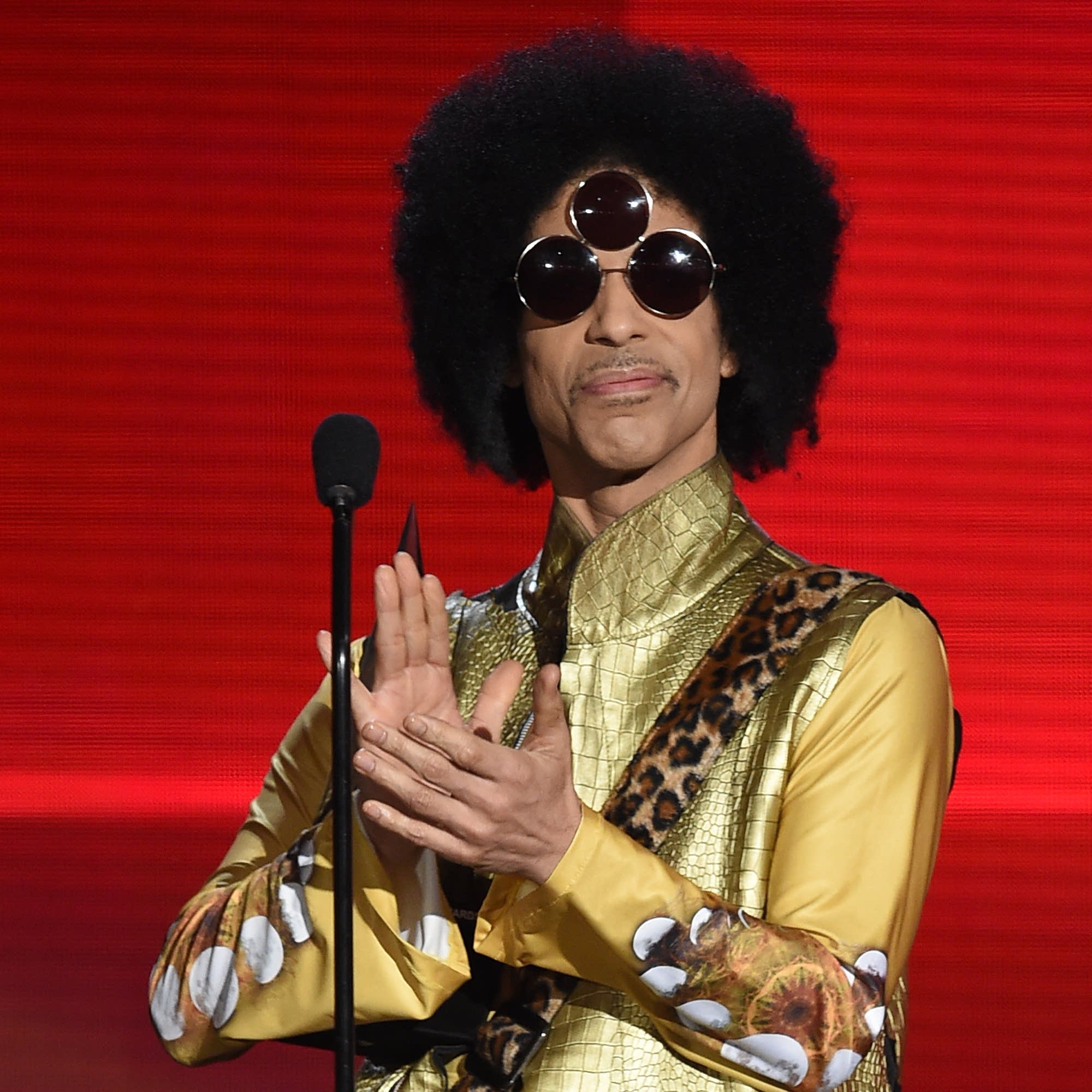
It feels as if Prince has always been a music legend, and will forever be, so it’s easy to forget just how titanically successful his debut movie was. On release of the soundtrack and its lead single, When Doves Cry, Prince achieved a feat few others could dream of attaining. With the movie, the album, and his single, Prince topped the box office, the album chart, and the singles chart – simultaneously. If that mind-boggling list hasn’t convinced you, consider that the accolade is shared by only two other artists in history: Elvis Presley and The Beatles.
Such an achievement isn’t especially surprising for Presley, who was a prolific film and TV actor, and one of the most bankable stars of his day. Nor will you be shocked to see The Beatles on that list, whose A Hard Day’s Night was nominated for two Academy Awards. What’s worth remembering is that the mysterious artist had neither an international craze behind him nor the insatiable demands of Hollywood. He was a musician from Minnesota trying to make it big, and that’s exactly what he did.
7. A same-sex kiss was removed from the film
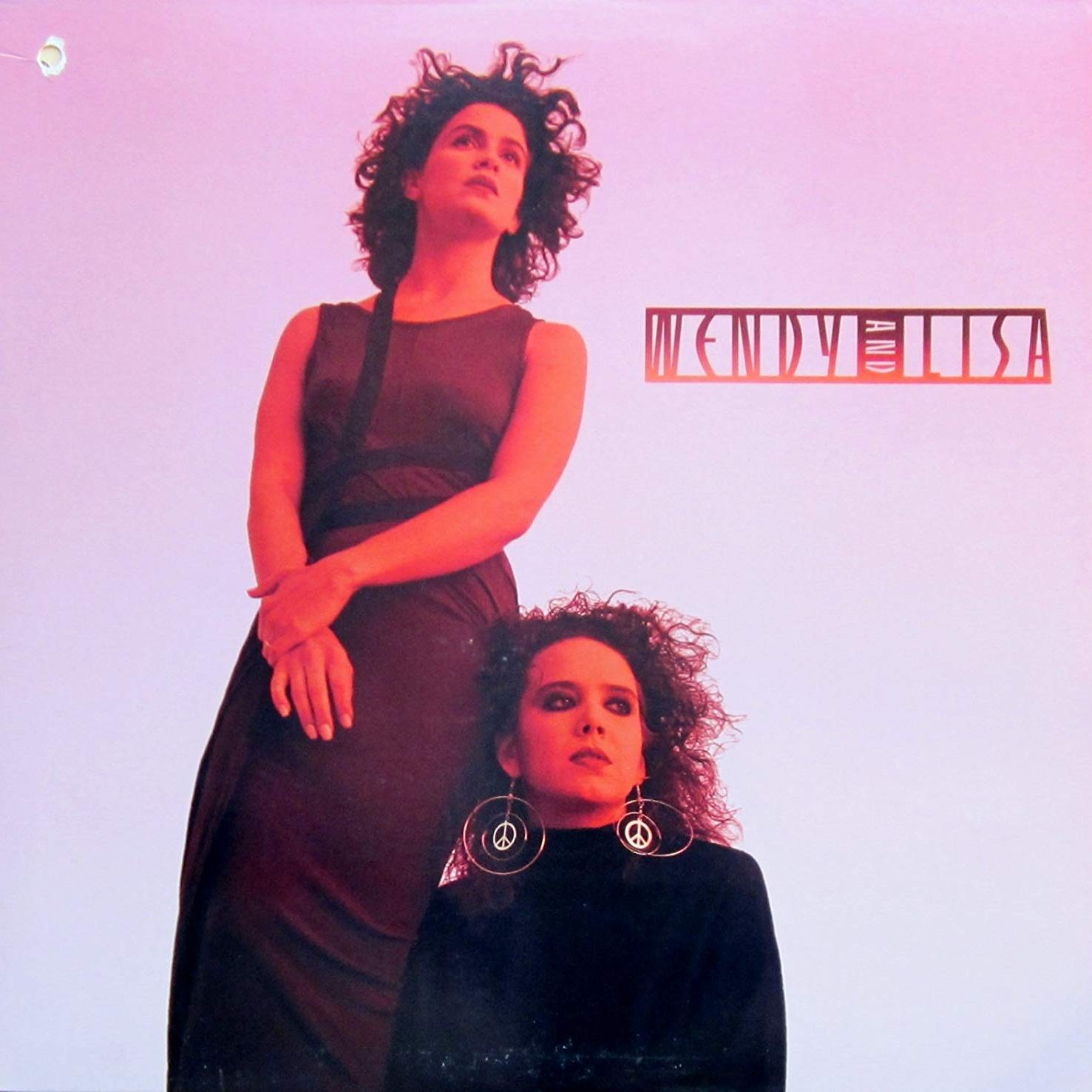
Prince was and remains one of music’s foremost gay icons. Whether deconstructing gender identity in If I Was Your Girlfriend or directly confronting speculation about his sexuality in Controversy (“Am I black or white, am I straight or gay?”), Prince’s legacy on LGBTQ+ issues is empowerment and rights. Reserved and toned-down scenes in his signature movie, therefore, come as a surprise. While we no longer have access to the reels, it’s rumoured that there was a kiss scene in the film between two members of backing band The Revolution, who play a pivotal role in the film.
Lisa Coleman, the keyboardist, and Wendy Melvoin, the guitarist, were core members of The Revolution who soon after branched out as their own duo – Wendy and Lisa. “I had fallen in love with Wendy, my childhood friend,” said Coleman in an interview with Out magazine, “and suddenly we were looking at each other differently, but I had to leave on the road all the time. It was always just torture. Finally Prince met Wendy… and providence moved in such a way that Wendy ended up on the road with us.” The two of them are said to have kissed on film, but it’s likely to have been removed due to ongoing gay rights issues in the 80s (which is putting it mildly).
6. Prince had nightmares about Roger Ebert trashing the film

We’ve all had nightmares before a performance review, inspection, exam, or any other kind of assessment. So it’s reassuring to learn that even the most artistically confident people in history still fear the judgement of others. That includes Prince, who had a nightmare that his debut film would be torn apart by Roger Ebert and Gene Siskel in particular. Ebert and Siskel were legendary film critics who, after steady and successful careers in print journalism, became recognisable pop culture figures with their TV show, Sneak Previews (1975-96). As they were popularly considered the gold standard of film reviews – and certainly some of the most widely seen and read – Ebert and Siskel’s judgements were certainly important; it’s clear why His Purpleness might have been worried.
He’s rumoured to have said that he had “dreamed those two guys on the TV were reviewing the movie and that fat guy was tearing me up!” In fact, he couldn’t have been further from the truth. Ebert said that the movie was “the best rock film since Pink Floyd – The Wall (1982),” and the critics gave it two thumbs up.
5. The film was nominated for Worst Original Song at the Razzies

Apollonia Kotero’s eponymous band was nominated for an award – but it’s an award you’d really prefer not to win. The Golden Raspberry Awards have been held as a parodic counterpart to the Oscars since 1981, meaning Kotero was the lucky winner of the third inaugural Razzie for Worst Original Song. The song in question? Sex Shooter.
If you didn’t grasp the song from the title alone, the first line tells you everything you need to know: “I need you to get me off.” Like the poetry of Walt Whitman, many an avenue of meaning remains unexplored there.As for why it might have received a Razzie, check out how it uses its rap breakdown: “No girl’s rap can top my lines / No girl’s kiss can ring your chimes.” In a shocking indictment of the prodigious singer, Prince was responsible for this. Admittedly, even though the song was nominated for such an ignominious award, it was still a top ten hit for Kotero. Plus it didn’t win in the end: that dishonour belongs to Drinkenstein by Dolly Parton from 1984’s Rhinestone.
4. Prince’s Purple Rain had a 1990 sequel

Nowadays, everything gets a sequel – and sometimes multiple. But back in the 80s, even for rip-roaring success stories, the lack of sequel culture meant that the conversation was very different. “Here’s the thing,” says Albert Magnoli. In the 1980s, there was a different idea about sequels than there is now. Now there’s no question that you move right into a sequel. In the Eighties, that was not the automatic response.” It wouldn’t be until 1990 that a spiritual sequel would be made: Graffiti Bridge. The emotional film sees the Kid struggling with his loveless life as well as the perils of running a nightclub.
The Kid’s life is complicated with the arrival of an angel (Ingrid Chavez) who tries to convince the Kid to lead a more righteous life. The Kid is extremely attracted to her. The film was a critical and commercial failure, though the point remains that the soundtrack album was another top 10 hit in the US, and a number 1 hit in the UK. The Kid, however, was never heard from again.
3. There’s a Tuareg-language remake called Rain the Colour of Blue with a Little Red in It
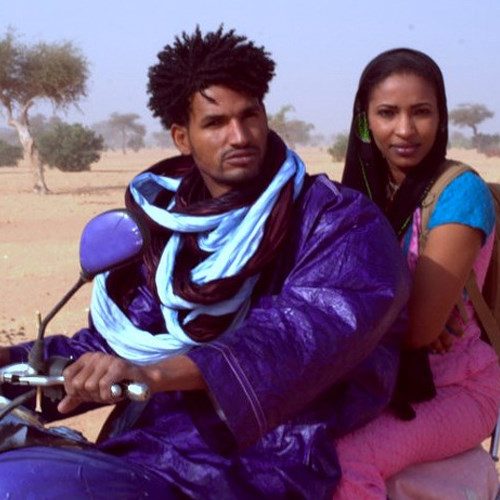
The Tuareg people are an itinerant group of farmers who are a subset of the Berber ethnic confederation, and roam territory from southwestern Libya to southern Algeria. And yet, despite this description being about as far from Hollywood as you can get, there exists a Tuareg-language version of this classic movie. Follow us for a moment. Entitled Akounak Tedalat Taha Tazoughai, or (translated another way) Rain the Colour of Blue with a Little Red in It, the film stars Nigerian guitarist Mdou Moctar in Prince’s role, with a very similar look to the original film.
The film was released in 2015, and was co-written and directed by an American, Christopher Kirkley. “It started out as a joke,” Kirkley told the Guardian on the film’s release, “the idea to take this cult film from the west and remake it in the Sahara. But we realised if we took the original story and modified it,” Kirkley continues, “the remake would reflect the lives of every guitarist in the Tuareg community.” The film was initially funded on Kickstarter, raising $17,898, and as such the film had to be shot and released on a shoe-string budget.
2. The film foreshadows Prince’s controversial name change

Prince is probably most famous for two things: Purple Rain, and that time he changed his name to a completely unpronounceable symbol. A combination of the Mars and Venus glyphs (all rights reserved!), the image has inspired a smorgasbord of respect, mockery and bemusement for decades: and it all started with Purple Rain the film. It’s true that Prince’s prolific use of the symbol took off in the late 80s, several years after Purple Rain’s release, where it was initially employed as a legal workaround in a fight with his label. While Warner Bros wanted to curtail Prince’s album releases for fear of saturating the market, the musician’s output was famously unstoppable.
As such, he decided to start releasing albums under a different, unpronounceable name, technically not releasing music as Prince. You can see the first of these was in 1992, titled unpronounceably, though revised as Love Symbol #2. According to the Independent, the symbol apparently “entered his consciousness during meditation,” and Warner Bros was forced to send floppy disks containing the glyph to press agencies so they could incorporate it into a custom font. You can see an early version of this symbol on Prince’s motorbike. Less stylised than the later iteration, the original masculine Mars and feminine Venus symbols can be more clearly identified.
1. Vanity was going to star, but quit after breaking up with Prince
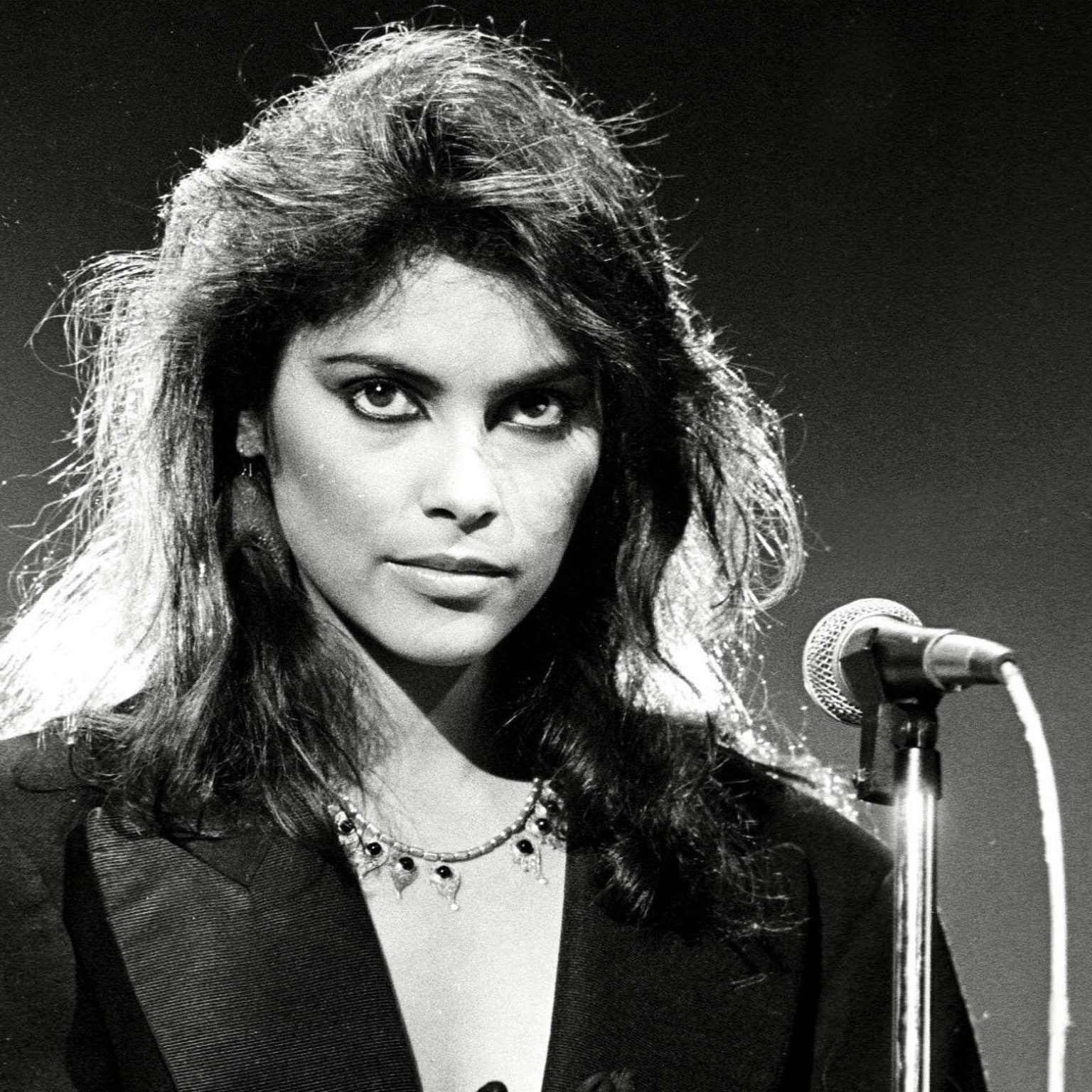
If it seems like Apollonia Kotero and Apollonia 6 came out of nowhere, that’s because they did: Prince actually had an entirely different girl group lined up for Purple Rain until they suddenly disbanded, mere months before shooting was meant to begin. The group was led by Denise Katrina Matthews, who would later be given the stage name Vanity, supposedly because Prince believed she was his female form. According to a People Magazine interview from 1984, Prince initially wanted Matthews to use the stage name Vagina, and the band was going to be called Hookers. The band had a hit with Nasty Girl, which was featured on the soundtrack of Beverly Hills Cop (1984). Since the two were in a romantic relationship at the time, Prince was keen to have Vanity feature in his movie as his love interest.
Vanity even recorded a demo for Sex Shooter, the song that would later be performed by Apollonia Kotero, but Vanity abruptly left the band during production for Purple Rain. Multiple reasons have been given, including that Vanity was offered a lucrative solo deal, and that she and Prince broke up. In 1992, Matthews became a born-again Christian and declared that she would no longer take any sexualised roles and renounced her stage name. She would later cut off all ties with Hollywood and the music industry, similarly severing herself from any related moneymaking avenue.

